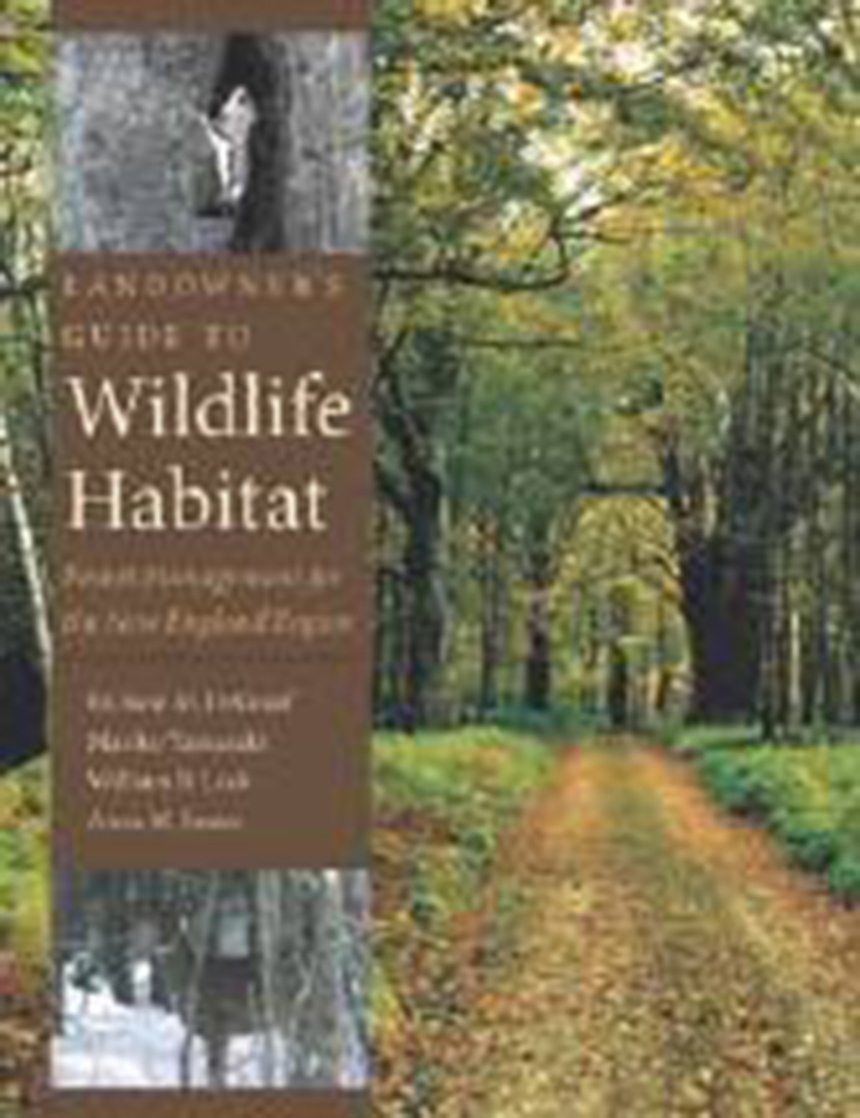University Press of New England
Landowner’s Guide to Wildlife Habitat
Forest Management for the New England Region
9781584654674
Distributed for University Press of New England
Landowner’s Guide to Wildlife Habitat
Forest Management for the New England Region
This is a concise introduction to practical forest wildlife habitat management for private landowners, who own most of the forested habitat in New England, the eastern United States, and adjacent Canada. In non-technical terms, experts from the U.S. Forest Service provide useful information about plans that can improve forests, enhance production of forest products, increase the diversity of wildlife, and increase enjoyment of forest lands through sound forest management. The book discusses the history of land use and natural changes in forest environments, why species come and go, and how the scale and presence of special features can create a diversity of wildlife habitats. The authors explain management strategies that contribute to wildlife diversity, how to set goals and work with professional foresters to meet your goals, and project how managed lands will look in the future. They show how to determine what kinds of habitat will be used by various wildlife species, how to consider land capability and the mixture of habitat features necessary to attract desired species groups, and how to get started changing existing vegetative conditions through thoughtful management. Exceptional full-color illustrations, charts, and tables enhance the clear presentation of the text, geared specifically for landowners interested in getting started on improving habitat conditions on their land.
Table of Contents
Preface • Acknowledgements • Background • Pre-European Conditions • European Settlement Period • Wildlife Responses to Landscape Change • Why Can’t We Just Let Nature Take Its Course? • Understanding Wildlife Habitats • Wildlife Habitat • Community Organization and Structure • Management Practices • Other Factors Affecting Wildlife Populations • Visualizing Forest Change and Wildlife Responses • Northern New England • No Management Scenario • Uneven-Aged Management Scenario • Even-Aged Management Scenario • Summary • Southern New England • No Management Scenario • Uneven-Aged Management Scenario • Even-Aged Management Scenario • Summary • Getting Started: An Inventory Checklist and a Prescription Key • Monitoring Your Success • Points to Remember • Appendixes • Appendix A: Common Woodland Wildlife Species Occuring in New England • Appendix B: Agencies and Organizations That Provide Technical Information • State Agencies that Provide Habitat Management Recommendations in New England • State Natural Heritage Programs That Privide Information on Ecosystems and Rare Species in New England • State Cooperative Extension Wildlife Specialists in New England • Sources of Spatial Information for Landscape Context in New England • Timberland and Woodland Owners Groups in New England • New England Forestry Links on the Internet • Notes On The Images Created To Visualize Forest Change • Literature Cited • Further Reading
